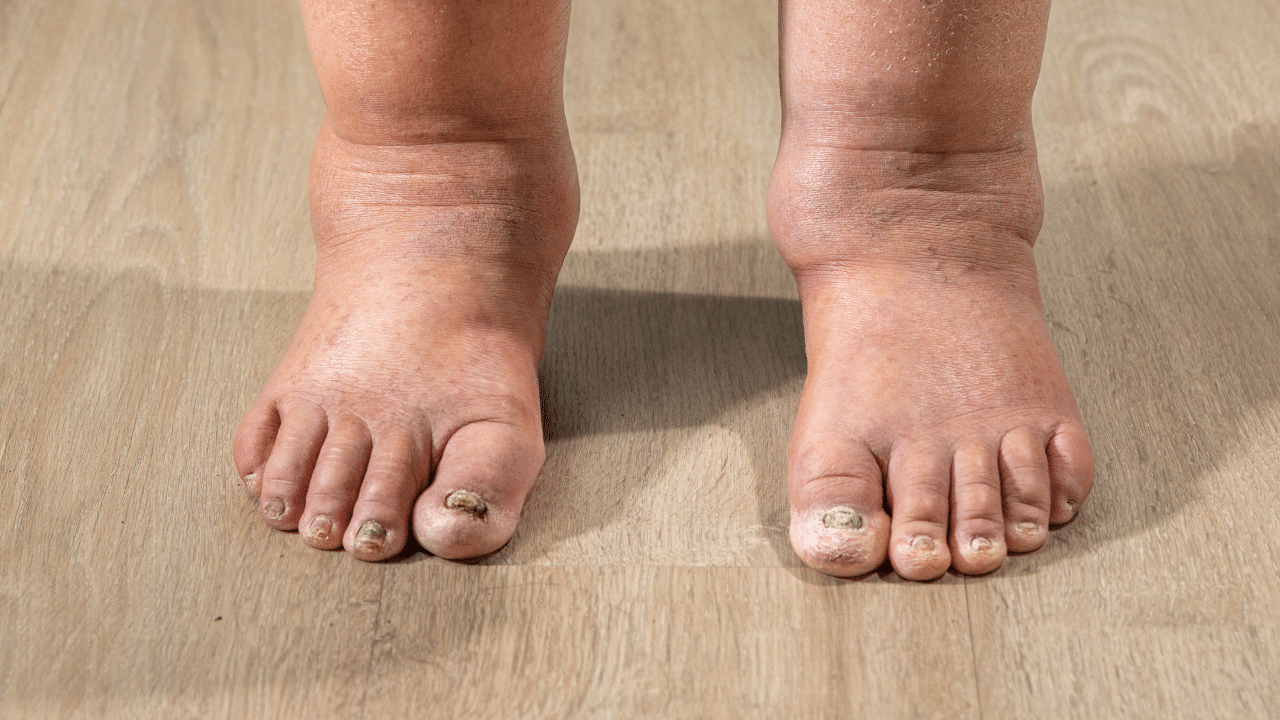
Understanding Lymphedema and Its Management
Lymphedema is a chronic condition characterized by swelling in the arms, legs, or other body parts due to a compromised lymphatic system. This condition occurs when lymph fluid fails to drain properly, causing it to accumulate in the tissues. While often associated with cancer treatment, lymphedema can develop from various causes and significantly impact quality of life.
The lymphatic system plays a crucial role in immune function and fluid balance. When lymph nodes are removed during cancer surgery or damaged by radiation, infection, or injury, the normal flow of lymph fluid becomes disrupted. This impairment leads to fluid buildup and progressive swelling that can worsen over time if not properly managed.
Early symptoms include a feeling of heaviness or tightness in the affected limb, restricted range of motion, and noticeable swelling. The skin may appear thickened or hardened, and recurring infections become more common. Without intervention, the swelling can progress, causing discomfort, difficulty moving, and skin changes.
While there’s no cure for lymphedema, effective management strategies can reduce symptoms and prevent complications. Complete Decongestive Therapy (CDT) is the gold standard treatment, combining manual lymphatic drainage, compression bandaging, skincare, and exercise. Regular use of compression garments helps maintain results after initial treatment.
Self-care plays a vital role in managing lymphedema. Protect the affected limb from injury and infection, maintain a healthy weight, stay active with appropriate exercises, and follow your healthcare provider’s recommendations for compression use. Early intervention delivers the best outcomes, so don’t delay seeking treatment if you notice persistent swelling.
Our vascular specialists provide comprehensive lymphedema evaluation and management. Don’t struggle with lymphedema alone – schedule a consultation to learn how we can help you effectively manage this condition.
Disclaimer: The contents of the Pinnacle Vein and Vascular Center site, such as text, graphics, images, and other material contained on the PVVC site (“content”) are for informational purposes only. The content is not intended to be a substitute for professional medical advice, diagnosis, or treatment. Always seek the advice of your physician or other qualified health provider with any questions you may have regarding a medical condition. Never disregard professional medical advice or delay in seeking it because of something you have read on the Pinnacle Vein and Vascular Center site.
